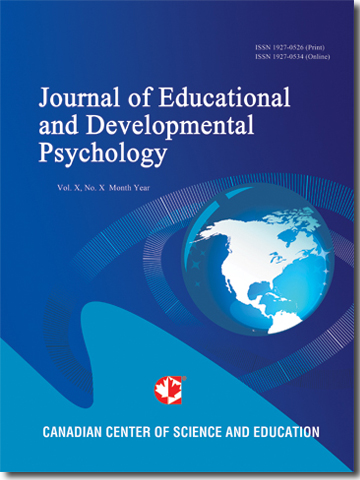Use of Evidence-Based Survey Methods to Explore Early Elementary School Teachers’ Approaches to Managing Student Anxiety
- Richard Birnbaum
- Sara Witmer
- John Carlson
Abstract
The purpose of this study was to describe and explore early elementary school teachers’ practices with regard to addressing student anxiety, focusing on the types of anxiety-reducing strategies they teach in their classes, the level at which they teach them (i.e., on an individual, small group, or whole class level), and the nature of the approach they use (i.e., proactive or reactive). Using a modified version of Tailored Design Methodology (TDM; Dillman, Smyth, & Christian, 2014), survey results (N=190 teacher participants; 64% response rate) indicated that almost two-thirds (66%) of teachers affirmed that student anxiety was impacting their classrooms. Almost all teachers (i.e., 90%) acknowledged teaching multiple anxiety-reducing strategies to their students, contrary to expectations. Survey participants most commonly reported teaching strategies to the whole class, as opposed to teaching strategies to small groups of students or to students on an individual basis. Use of reactive, as opposed to proactive approaches to teaching these strategies were more often reported. Implications are provided for how school personnel can support teachers in using a more proactive approach and ensuring that targeted instruction is available for students with more intensive needs.
- Full Text:
 PDF
PDF
- DOI:10.5539/jedp.v7n1p123
Journal Metrics
(The data was calculated based on Google Scholar Citations)
1. Google-based Impact Factor (2021): 1.11
2. h-index (December 2021): 29
3. i10-index (December 2021): 87
4. h5-index (December 2021): N/A
5. h5-median (December 2021): N/A
Index
- Academic Journals Database
- CNKI Scholar
- Copyright Clearance Center
- CrossRef
- Elektronische Zeitschriftenbibliothek (EZB)
- EuroPub Database
- Excellence in Research for Australia (ERA)
- Harvard Library
- Jisc Library Hub Discover
- JournalSeek
- JournalTOCs
- LIVIVO (ZB MED)
- LOCKSS
- MIAR
- Open Access Journals Search Engine(OAJSE)
- PKP Open Archives Harvester
- Publons
- ROAD
- Scilit
- SHERPA/RoMEO
- Standard Periodical Directory
- Stanford Libraries
- Technische Informationsbibliothek (TIB)
- UCR Library
- UoB Library
- WorldCat
- Zeitschriften Daten Bank (ZDB)
Contact
- Carol WongEditorial Assistant
- jedp@ccsenet.org
